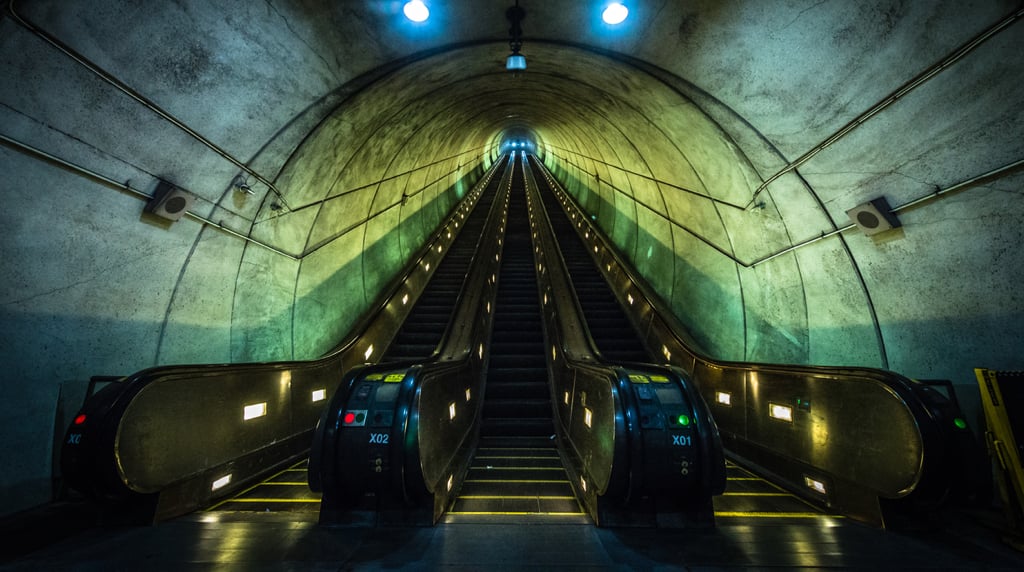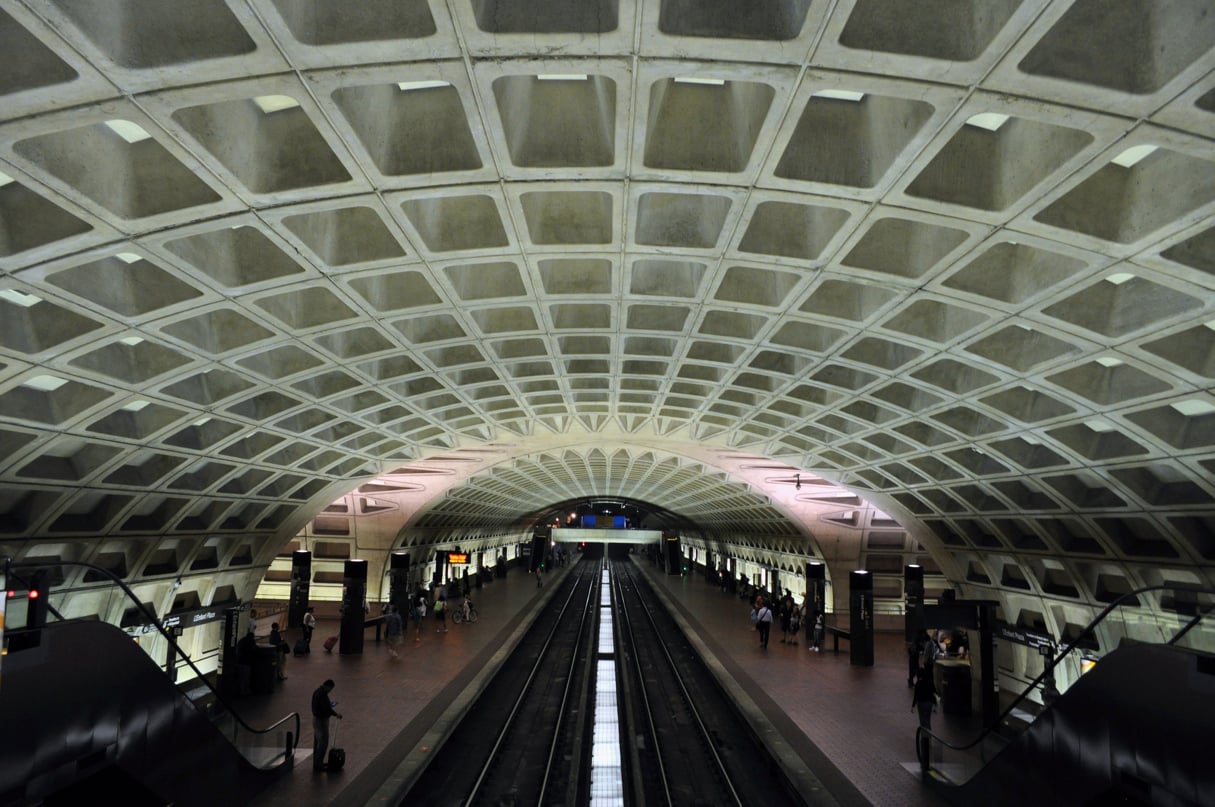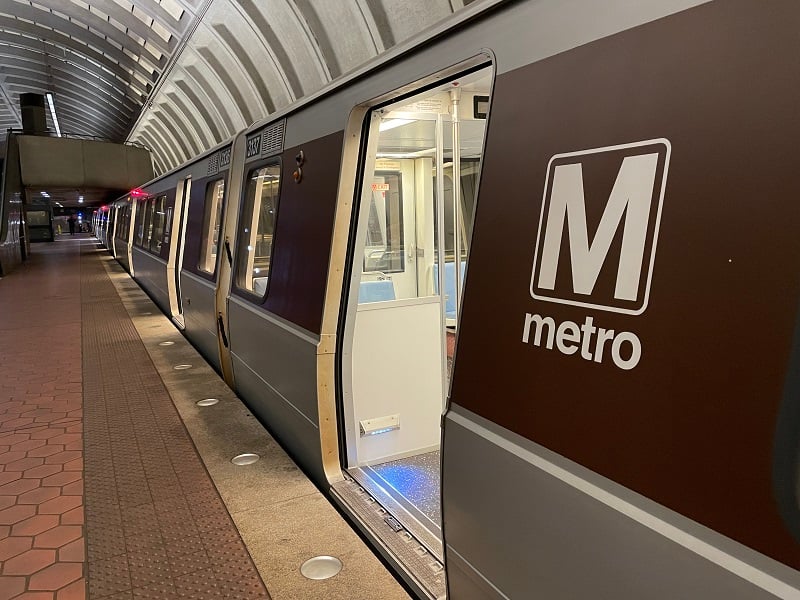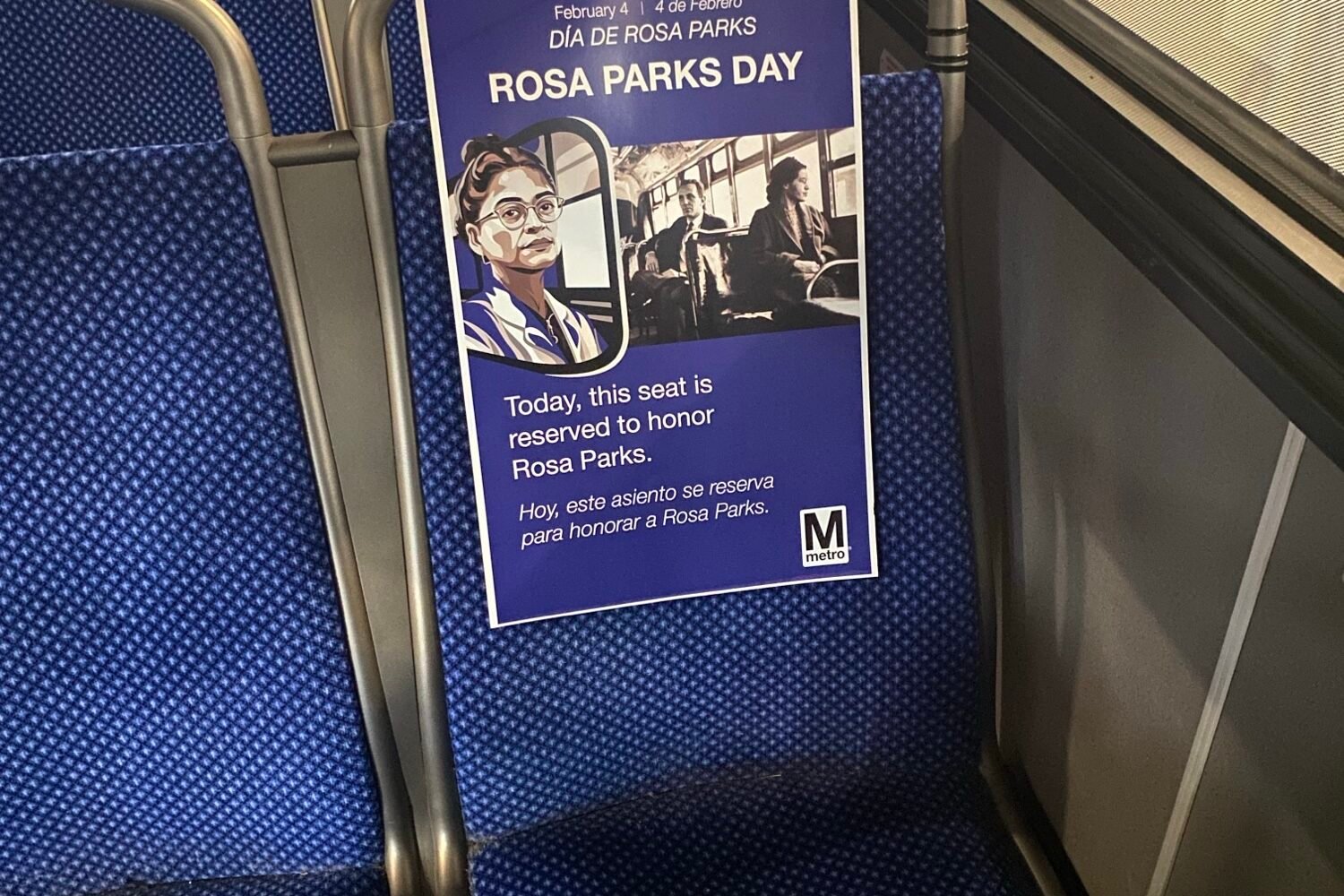Paul Wiedefeld has finally gone and done it. Not because the Washington Metropolitan Area Transit Authority, of which Wiedefeld is general manager, announced Thursday that it will be raising fares for the first time since 2014 while also reducing bus and suburban rail service, but for something that could upend DC’s social compact far more gravely.
No, it was something Wiedefeld said Wednesday while overseeing the opening of a rebuilt escalator at the Bethesda station. “We do not promote, obviously, the walking on the left,” Wiedefeld said. “These are very sensitive pieces of equipment.”
Obviously? Was Wiedefeld suggesting that one of the few social rules that binds Washington together should, all of a sudden, be flagrantly disregarded? That using one’s feet to reduce the amount of time descending to the platform or ascending to the turnstile is a faux pas? That for all these years, we’ve been doing it all wrong?
As anyone who’s spent more than a weekend in Washington knows, Metro’s escalators are a sensitive and precious bunch. Nary a hour goes by when there isn’t some escalator outage, due to either a malfunction or scheduled replacement. And the escalators that stand at the entrance to the Bethesda station are some of the most notorious in the system: at ten stories high, they’re the second-longest in the Western Hemisphere—trailing only their counterparts at Wheaton—and the culmination of a two-and-a-half year, $8 million replacement job.
Wiedefeld advised Metro customers that they should stand on both sides of the escalator to better protect the equipment—and that comports with guidance from the moving-stairway industry. After the Bethesda event, a representative from escalator manufacturer Otis, which did not make the Bethesda contraptions, told WRC that it has “always been our position that one should not walk on escalators.”
Perhaps that’s all true: That escalators are delicate sculptures upon which we are to tiptoe and remain motionless, not bluster up and down because we can’t afford to risk a 12-minute wait for the next Blue Line train to Reagan National Airport or miss that transfer to the L2 Metrobus. But such a change in behavior—which Wiedefeld acknowledged is unlikely—would go against the very nature of Washington.
Never mind mounting evidence that remaining stationary on escalators may be a more efficient way to move commuters between subway platforms and the outside world, as researchers in London apparently concluded this month. Washingtonians pride themselves on their transit-oriented impatience. Our insistence that the left side of escalators be reserved for people in a hurry is one of those qualities that allows DC to include itself among the most cosmopolitan of world cities, like New York, Paris, and (until just now) London.
Hell, we’ve even got a word for the bums who do drift over from the right side and block our paths. “Escaleftor” didn’t appear out of a vacuum. It was coined for a 2005 WMATA advertising campaign about safety and courtesy, as Britt Peterson reported for Washingtonian two years ago. But now, in Metro’s time of greatest crisis, we’re told to abandon the simple and brilliant wisdom of walk-left-stand-right because our heavy-footed steps might throw the escalators back into chaos.
But walking on the left isn’t chaos. It’s part of our social order, and at a time when national leaders talk of “deconstructing the administrative state” and sending DC careening into a recession, our escalator customs are just one more thing we have to fight to preserve. Or, heck, just walk on the left side because you’re in a hurry and don’t want to hold up anyone else.
Correction: A previous version of this story reported Otis manufactured the new escalators at the Bethesda Metro station. The escalators were made by a competitor.


















